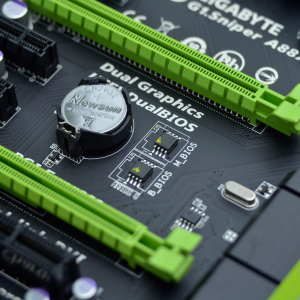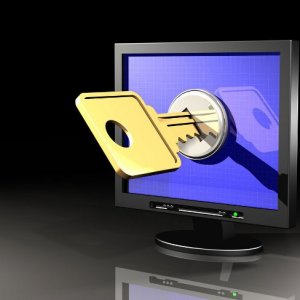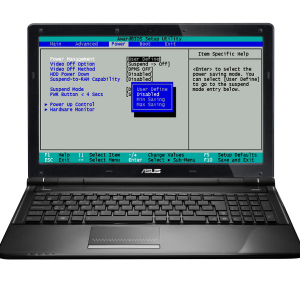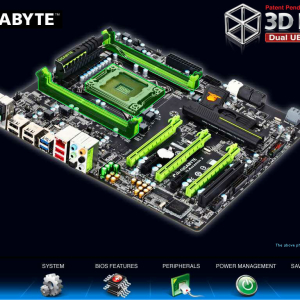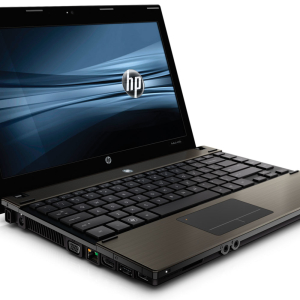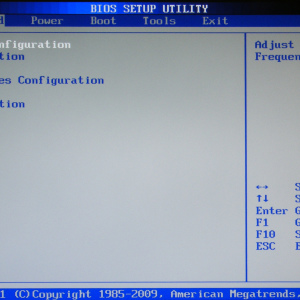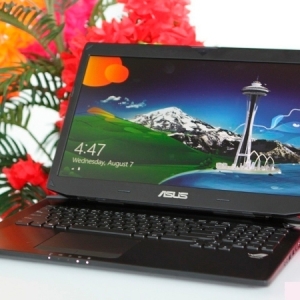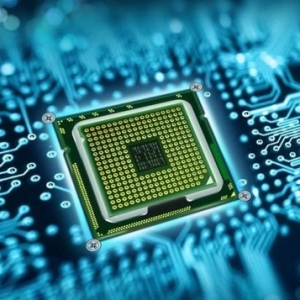BIOS is a program in constant motherboard memory, the main purpose of which is the storage of the basic settings of the computer and the preparation of the device to ensure that the operating system can start and get control over the computer.
The need to reset BIOS in an ordinary user arises very rarely. To basic reasons, in the presence of which you need to reset the BIOS parameters include:- Incorrect configuration of the BIOS, as a result of which the computer on is loaded, there is no possibility of entering the BIOS menu to cancel the settings made.
- Replacing computer component (processor, RAM, video card), in which the current settings do not allow you to load the operating system.
- In the computer's BIOS installed a password, to restore which is not possible.
- Full cancellation of all BIOS changes.
- go to the BIOS settings at the next launch of the computer by clicking the "Del" or "F2" button;
- select "RESET TO SETUP DEFAULTS";
- wait for the discharge operation.

- disconnect the computer from the network;
- open the system unit housing;
- on the motherboard, find the Biosa settings reset connector;
- install the jumper into the BIOS reset mode;
- return to its original position.

- pull the BIOS battery from the motherboard;
- sess several times press the computer's power on to discharge the capacitors that can be powered by the BIOS microchip;
- put the battery of the battery of the BIOS in place.
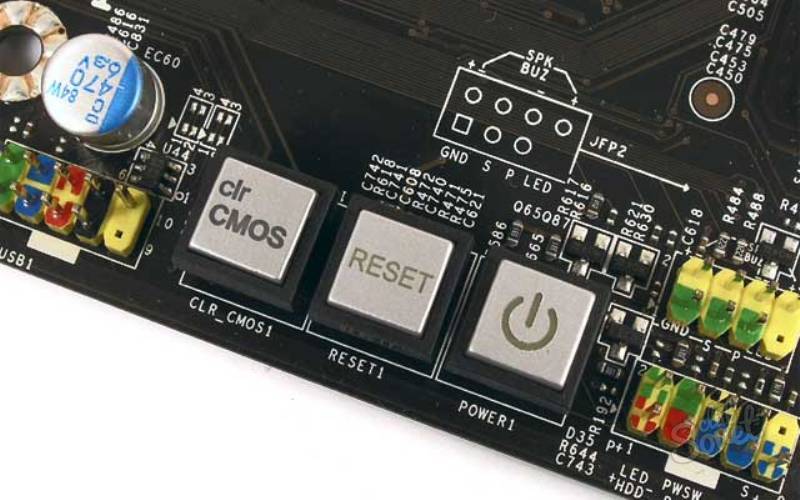
After the Bios settings were reset, a dialog menu appears when loading, offering Press F1 to enter the BIOS and further setting the parameters, or F2 to automatically download standard parameters.














